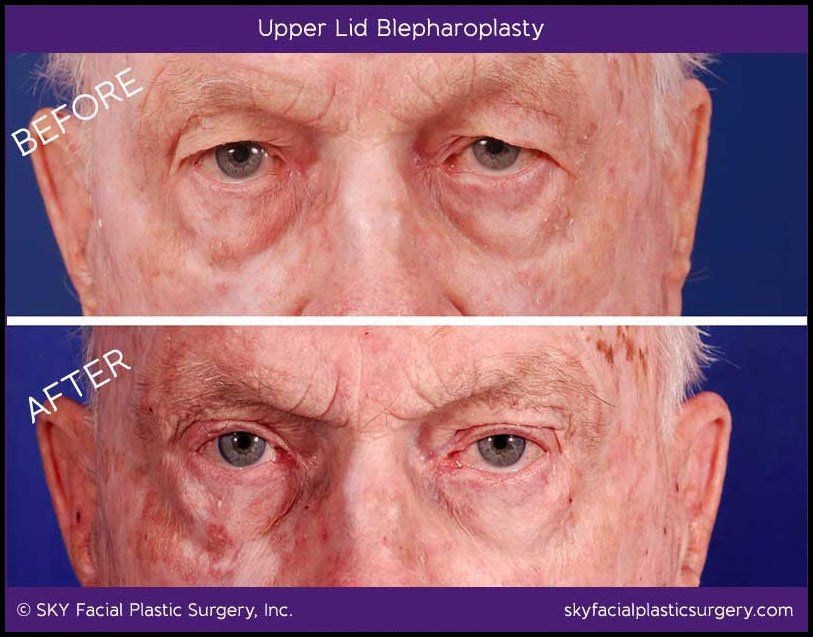

Oct 23
Vision is arguably our most important sense. Good eyesight is a gift that many of us are born with. We depend on sight to navigate our daily activities, to see our loved ones and to experience the beautiful world we live in. We often don’t realize the true value of good vision until it’s gone.
Our society accepts diminished vision as an inevitable sign of aging. Patients know that the eyes’ lenses lose elasticity over time, leading to blurry vision. Yet, a less well-known cause of impaired vision exists and many people live with it, not realizing that a simple solution is available.
The problem is drooping eyelids. Over time, the skin above the eyes pooches and sags, creating a “hooding” effect that can obstruct vision. Because the problem develops incrementally over time, many people don’t realize how significantly their vision is impaired.
The solution, often covered by insurance, is outpatient surgery to correct the factors contributing to the upperlid laxity. Upperlid blepharoplasty, a procedure that removes the excess skin from above the eye, is a given. However, other procedures may be required. Often times the brow position needs to be addressed as well.
Patients exhibiting one or more of the following may be a good candidate for functional blepharoplasty:
Patients who present with one or more of these problems should consult a facial plastic surgeon to determine the best surgical treatment. Fortunately in most of these cases, the solution to better eye health is relatively simple and affordable.